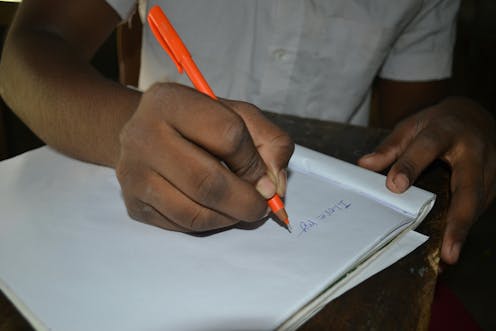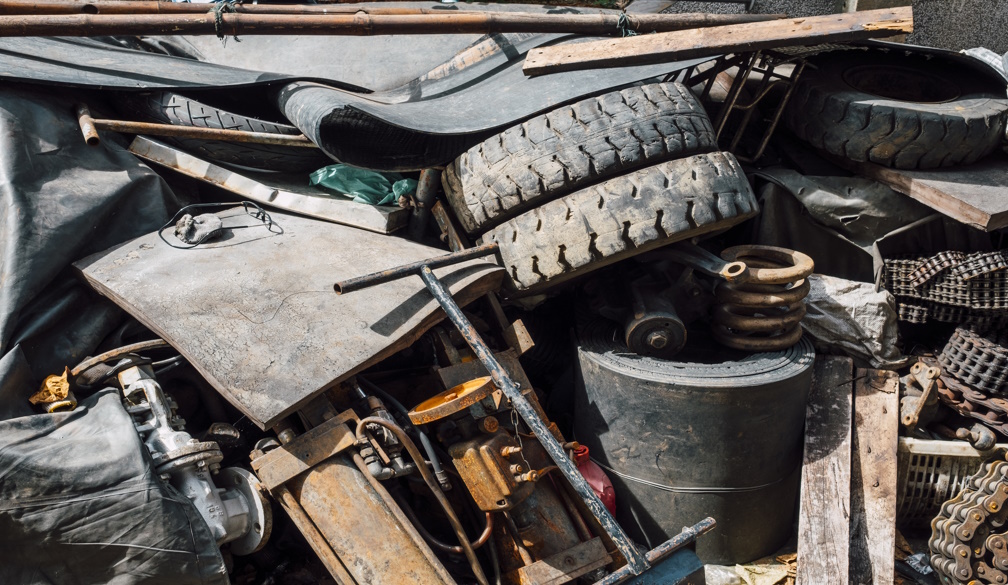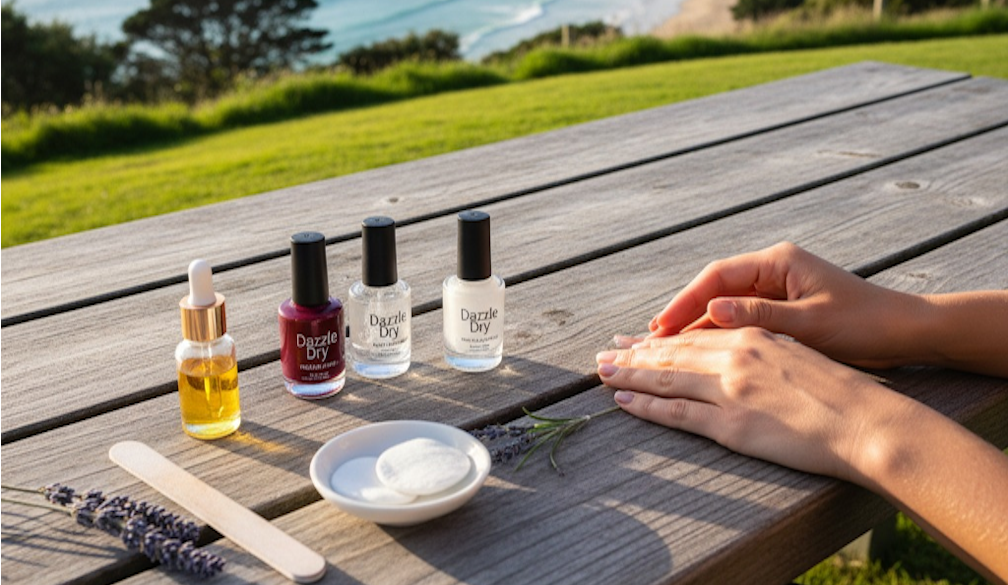An STI epidemic in young people does not signal sexual abuse
- Written by James Ward, Associate Professor, Infectious Diseases Research Aboriginal and Torres Strait Islander Health, South Australian Health & Medical Research Institute

Over the past two weeks, a number of commentators have called for the removal of Aboriginal children with sexually transmissible infections (STIs) from their families. This has resulted from the wrongful conflating of rates of STI notifications with child sexual abuse. It’s important to delineate these two issues.
Young people living in remote Aboriginal communities, especially those aged 15-29 years, have high rates of STIs such as chlamydia, gonorrhoea and syphilis. But stating all STI cases among young people are related to child sexual abuse isn’t helpful in dealing with either a serious public health matter or the well-being and safety of vulnerable children.
Read more: Northern Australia syphilis outbreak is about government neglect, not child abuse
More STIs in Indigenous communities
In 2016, the rate of chlamydia notifications among Aboriginal people aged 15 to 29 was 4,602 per 100,000 – compared with 1,479 per 100,000 for their non-Indigenous peers.
For gonorrhoea, this was 1,825 compared with 173.
The rate of young Aboriginal people infected with syphilis was 173 per 100,000, compared with 15 per 100,000 in non-Indigenous peers, driven largely by an outbreak occurring over the last six years across northern and central Australia.
The significantly higher notification rates among Aboriginal young people are skewed by the higher numbers in remote areas, where rate differences are even greater.
The reasons for these rates of STI diagnoses are complicated and complex. They include poorer outcomes in many of the social determinants of sexual health: education and health literacy, access to health services, racism (in the form of stigmatising social institutions), income and employment rates. All of these are known to be determinants of higher STI rates in populations globally.
Read more: Social determinants – how class and wealth affect our health
STIs are also driven by risk behaviours such as inconsistent condom use, early sexual debut, partner changes and alcohol misuse. A recent study of 2,877 young Aboriginal people found the median age of sexual debut to be 15 years – around 50% of the participants had their sexual encounter before, and 50% after.
The same study found most people had sex with similar aged peers. The median number of partners in the last year was one, and inconsistent condom use was common, especially when alcohol and or other drugs were involved. All of this isn’t that different really from non-Aboriginal Australians.
The risk of acquiring an STI in remote Aboriginal communities is also influenced by issues including demographics and mobility. The median age of Aboriginal people in Australia is 22 years (a peak time for sexual activity) compared to 36 years for non-Aboriginal counterparts.
Short-term and temporary mobility, especially between remote communities and across borders, also peaks in young Aboriginal adults, typically aged 17 to 25. This happens to occur also when young people begin to explore and expand their immediate social networks.
What is different between non-Aboriginal and Aboriginal people living in remote areas is the underlying prevalence of STIs in the latter communities.
Among 16- to 19-year-olds in remote communities, prevalence has been estimated at 13% for chlamydia and 12% for gonorrhoea.
This compares to prevalence rates of around 3% for chlamydia and way less than 1% for gonorrhoea and syphilis among heterosexual non-Aboriginal people of the same age, living in urban areas of Australia.
With such high prevalences, it’s not surprising young people having consensual sex with each other in remote Aboriginal communities are diagnosed with STIs more often than non-Aboriginal peers in mainstream Australia.
What about STIs in children and young people less than 16 years?
A small proportion of STIs reported each year occur in people under 16 years of age. Around 97% of these cases in people aged less than 16 years occur in young people aged 13-15 which relate to two issues: early sexual debut with similar aged peers or sexual abuse.
In rare cases, STIs have been detected in those under 12 years of age. According to personal communication with the Northern Territory’s Department of Health, there were five cases in total of either chlamydia or gonorrhoea in 2017. No cases of syphilis were reported in children less than 12 years. All of these cases have been reported and investigated, by the relevant authorities.
Sexual abuse is never acceptable. All of us need to do more to ensure every child and young person in these communities can live in a safe environment.
It has been recently reported by the Northern Territory Police Department that around 700 cases of suspected “child sexual offences” have been notified over the last five years in young people aged less than 16 years.
It’s important to note that a large number of these are likely to be the result of mandatory reporting. Mandatory reporting occurs when young people under the age of 16 are known to have a partner with an age gap of more than two years, or where there is any suspicion of sexual abuse, or when a person under the age of 14 is known to be engaging in sexual activity.
Mandatory reporting is required by anyone (parent, teacher, clinician or any other person) who becomes aware of such activity.
Given around half of young people in remote areas have commenced sexual activity before the age of 16, it’s not surprising a significant number of notifications have been reported to authorities. These notifications annually represent around 0.01% of the Aboriginal population in this age group.
What needs to be done
As is the case in many remote communities across Australia, there has been a failure to adequately address STIs even in people over the age of 16. Commonwealth, state and territory governments have a responsibility to address these issues holistically with programs that have resonance for young Aboriginal people.
Education, child protection and health departments all have a role to play. More resources are desperately required from Commonwealth, state and territory governments to address this gap in public health.
Further, thinking outside the square to address STIs holistically is required, building resilience in young Aboriginal people, tapping into the agency that young people already have to reduce risk from STI acquistion, or curbing alcohol through supply reduction measures should be considered as solutions to addressing STIs in remote areas including in larger centres.
A basic principle of any communicable disease outbreak is to quickly respond to diagnose and treat all cases. The ongoing syphilis outbreak and the sustained rates of other STIs in remote Australia, is a case in hand where an urgent public health response is required.
Among other measures, this will require a large, well-resourced response to screen and treat a large proportion of young people in the affected areas within a relatively short time period. Aboriginal community controlled health services and other primary care services can achieve this if properly resourced.
There are examples of successful approaches to address STIs through well-resourced Aboriginal community controlled health services and these need to be built upon.
The program from Nganampa Health, an Aboriginal community controlled health service, that has developed and implemented a comprehensive approach to addressing STIs has shown a reduction in rates over a number of decades and needs to be expanded to other regions of remote Australia.
Donna Ah Chee, CEO of the Central Australian Aboriginal Congress, and Olga Havnen, CEO of the Danila Dilba Health Service, contributed to this article.
Authors: James Ward, Associate Professor, Infectious Diseases Research Aboriginal and Torres Strait Islander Health, South Australian Health & Medical Research Institute
Read more http://theconversation.com/an-sti-epidemic-in-young-people-does-not-signal-sexual-abuse-93126


















